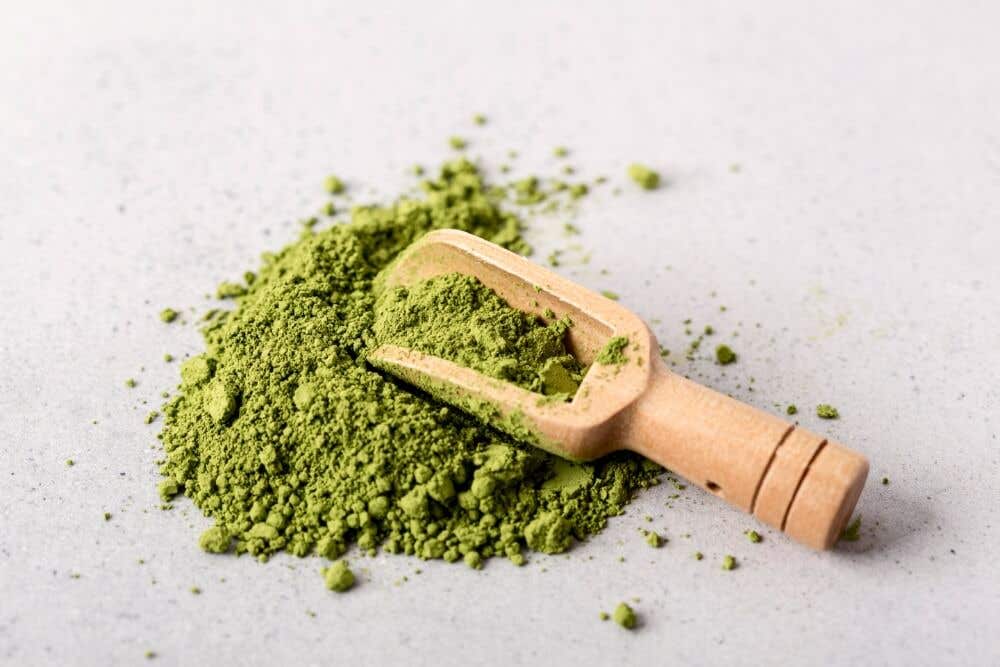Discovering the secrets behind kratom alkaloids from the plant called Mitragyna specisosa.
This paper shall discuss the major alkaloids such as mitragynine as well as 7-hydroxymitragynine, their impacts and scientific curiosity involved.
Let’s investigate how these constituents define the distinctive features of kratom, as well as the health and research implications they entail.

Overview of Kratom Alkaloids
These unique characteristics are caused by mitragyna and 7-hydroxy-mitragyna constituents of the kratom leaf.
The nitrogenous organics are instrumental in the way the human body interacts with the plant.
Some of them are the commonly known mitragynine that interact with brain receptors and can either cause stimulation or sedation in kratom.
This complex chemical pattern is also found in other alkaloids like speciosa, speciogynine, and paynantheine which have their unique roles towards the effect.
The understanding of such synergistic effects of alkaloids has served as a foundation for further studies on medicinal value of kratom.
Key Alkaloids and Their Effects
Discover kratom's primary alkaloids: the first is a chemical compound called mitragynine that has stimulant effect while another is 7hydroxymitragynine that possesses a sedative nature.
The other alkaloids such as speciogynine and paynantheine are also looked at in relation to the diversified effect of ketum.
Scientific studies have also influenced this section as it delves deeper into their purposes and functions.
Mitragynine: The Primary Player
The major alkaloid present in kratom is mitragynine and accounts for as much as 66 percent in specific varieties.
It is mainly involved in causing the stimulatory effects of kratom at low doses and binding opioid receptors in the brain.
It is frequently reported of users’ enhanced energy levels, heightened alertness, and greater sociability.
Kamble's research on the pharmacokinetics of eleven kratom alkaloids offers detailed insights into the systemic exposure and pharmacokinetics of mitragynine.
7-hydroxymitragynine: Potency and Impact
Mitragynine has a large amount of 7-hydroxymitragynine, which is more powerful compared to itself.
This is what makes it contribute to kratom’s sedative property at high dose and is mostly known to be a pain reliever.
The study on suspected adulteration of commercial kratom products with 7-hydroxymitragynine by Lydecker further demonstrates the significance of monitoring the levels of 7-hydroxymitragynine in kratom products.
Other Alkaloids: Speciogynine and Paynantheine
Speciogynine and Paynaturaline are lesser-known alkali of kratom’s alkaloids profiles.
It is believed that speciogynine causes soothing muscles whereas Paynantheine supports calmness.
The studies conducted by Manwill and Boffa provide valuable insights into the roles and concentrations of various alkaloids in different kratom strains.
Mitragynine and 7-hydroxymitragynine are some of the main alkaloids that characterize the primary effects associated with kratom.
These other alkaloids include paynantheine and speciogynine among others, thus together with psilocin contributing towards it’s effect. Research into these substances should be ongoing in order to gain better insights on the same.
Alkaloid Synergy in Kratom
The fact that this substance comes with particular alkaloid qualities explains in a way why it produces special results.
The entourage effect refers to how these groups of alkaloids work in combination to either amplify or cancel out some properties.
For instance, mitragynine usually stimulates, and 7-hydroxymitragynine is a calming agent.
Together, these produce a more synergistic effect which can be energizing as well as tranquilising.
These other alkaloids such as speciogynine may also modify the muscle relaxing properties of kratom to a calm mind.
The interaction between the alkaloids is a vital part of comprehending the entire spectrum of kratom’s effects and a necessity for those interested in the possibilities of the plant as well as those taking it.
The safety and legal landscape of kratom on navigation
Clear understanding of numerous issues is crucial towards navigating the complexities of kratom’s safety and legal status.
Here's a breakdown to help guide through this intricate landscape:
- Safety Concerns: The safety of kratom is not yet conclusive. Although most users experience benefits, some effects can be dangerous, particularly with larger dosages.
There exist several secondary effects including vomiting, fainting, and addiction, which are likely to follow their implementation.
- Legal Variability: The legal position of Kratom varies from country to country. It is permitted in some regions and illegal in others.
Much more frequently, however, even if the data is acquired lawfully, it arises from fears that it may be misused and because it is non-FDA approved as yet.
- Legal Landscape: There are different laws at different countries and levels around the world. In the US, it is not not regulated at the federal level.
It is allowed in some countries while it is prohibited or illegal in other states and countries.
- Importance of Staying Informed: This means that users and vendors must make sure that they remain abreast with any new or emerging legislations relating to their fields of specialization.
Kratom legality is a fluid situation with updates made often.
Although, it poses a very intricate and mobile circumstance as far as its security and legitimacy is concerned.
As a result, users and sellers should be abreast of the developments related to their usage of the drug as well as what transpired previously and currently.
Every person should know the dangers, advantages, and laws governing Kratom consumption.
Summary
Mitragynine and 7-hydroxymitragynine (two main alkaloids in kratom) belong to stimulants and depressants groups, respectively.
This section talks about “the entourage effect” of these alkaloids in combination and mentions the plant’s different legal status and health-related problems concerning its use, highlighting the need for careful administration and further investigation.
Please note that this article on kratom is for informational purposes only and not a substitute for professional medical advice, diagnosis, or treatment.





